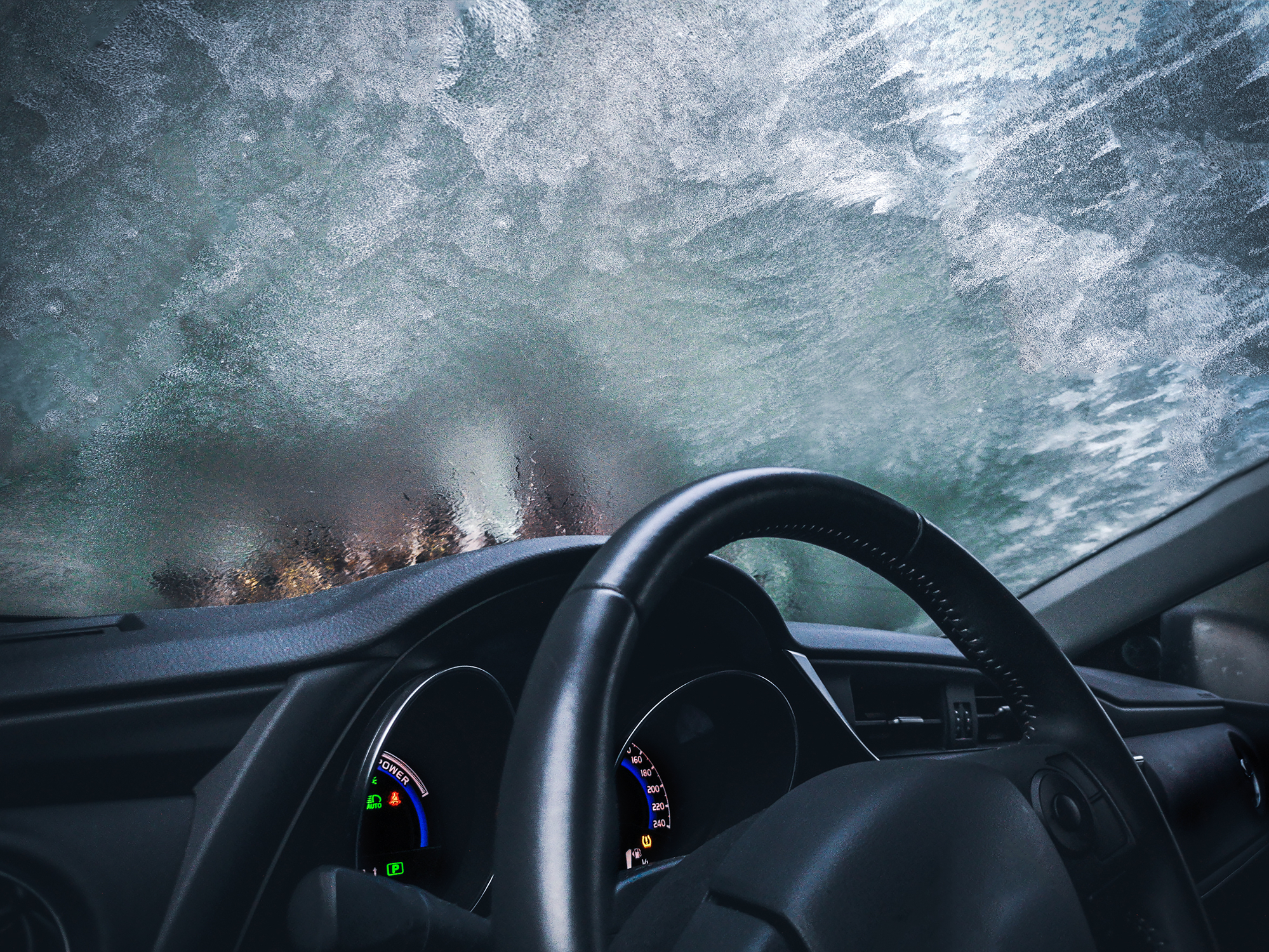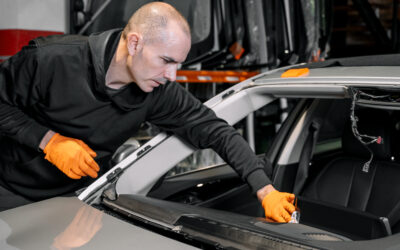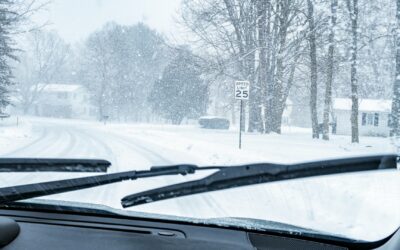Living in a cold climate comes with its own set of challenges, one of which is dealing with frost on the inside of windshield. It’s an annoying problem that can seem impossible to fix, but there are actually a few simple tricks that can help.
The first is to place a silica gel packet on your dashboard. The packet will absorb moisture from the air, preventing it from condensing on your windshield. Another option is to ensure your car’s air conditioner (if you have one) is turned on, as that is an excellent tool for drying air in the car. Excessive moisture can cause condensing, so keeping the air in your car as dry as possible is important. Finally, avoid wet floor mats and snow inside the car. Following these simple tips, you can say goodbye to frosty windshields.
Why does the inside of my windshield freeze?

When you take a warm shower, the moisture in the air forms tiny droplets on the cold tile or glass. That’s because the warm air can’t hold as much moisture (in the form of water vapor) as it could when it was cooler. The same process can happen on the inside of your windshield when your car warms up on a cold day. As the external temperature cools the glass, moisture from your breath (perhaps even from melting snow on your coat) condenses and freezes. If you’ve ever noticed a frosty film on the inside of your car windows, that’s water vapor that has condensed and frozen. So, why does this happen more on some days than others? It all has to do with relative humidity. The relative humidity measures how much moisture is in the air compared to how much water the air can hold at a given temperature. When relative humidity is high, there is more moisture in the air, and it is more likely to condense (and freeze) on a surface like your windshield.
1. It’s also depends on the climate you live in
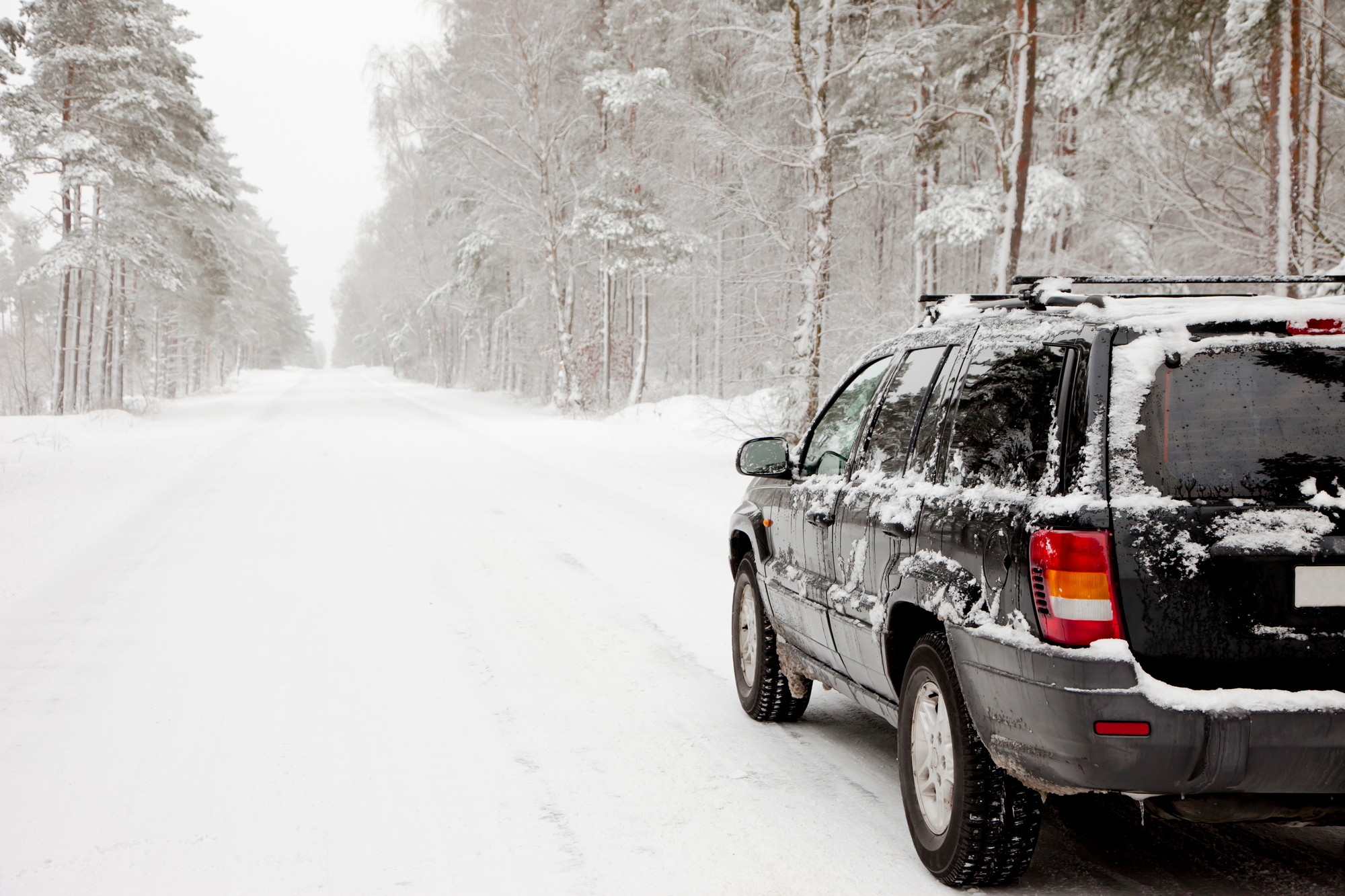
The glass of your windshield is a good conductor of heat, which means that it readily absorbs heat from the ambient air. In warmer weather, this is usually not a problem because the sun’s heat quickly counteracts the glass’s cooling effect. However, in colder weather, the temperature difference between the outside air and the glass can cause condensation on the windshield’s surface. As this condensation cools, it turns into frost.
2. Be sure to use your air conditioner to remove excessive moisture
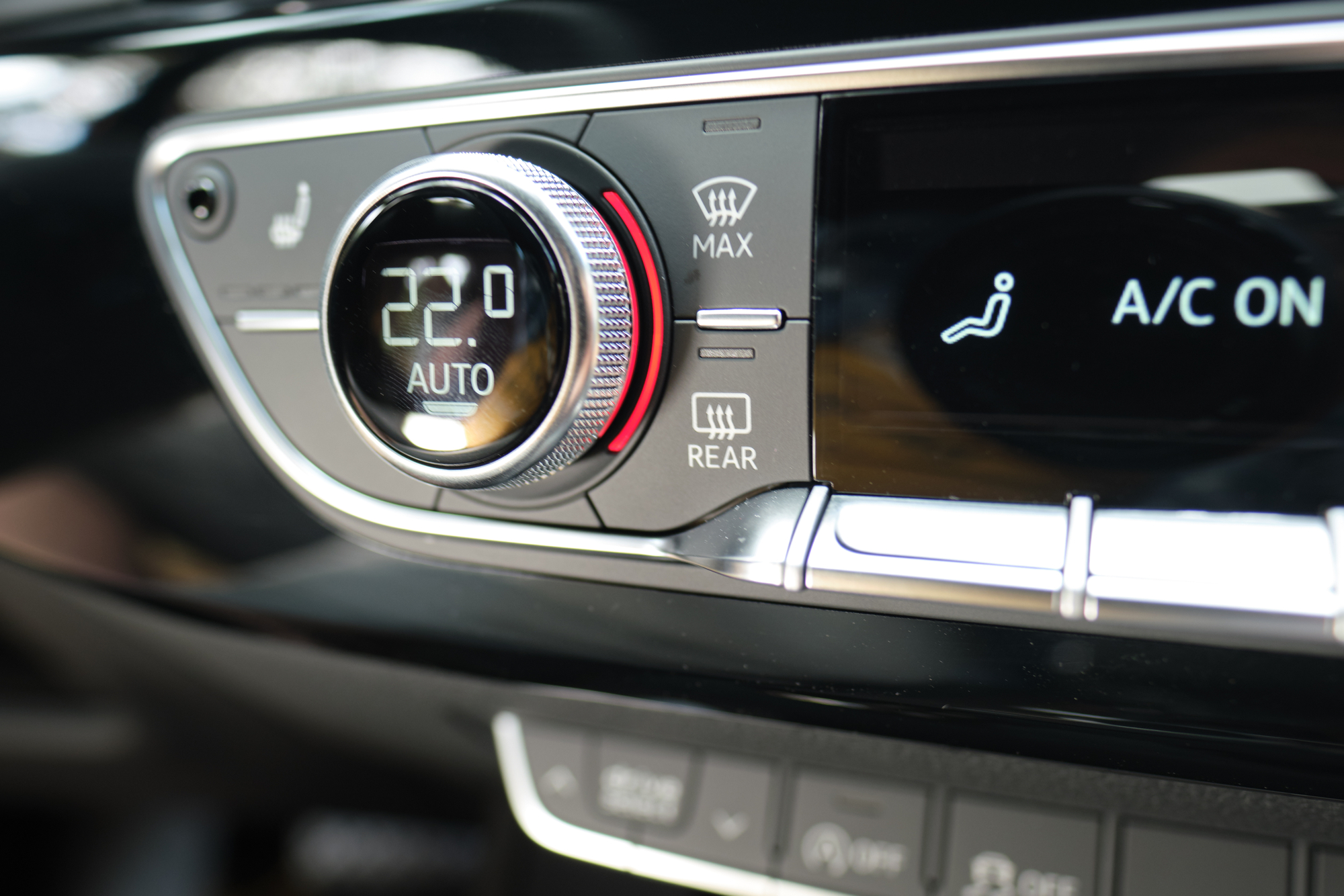
The climate control in your car is essential not just for regulating the temperature but also for managing moisture levels. If there is too much moisture in the air, it can cause frost to form on the windows. This can be a significant problem in winter when heater use increases the risk of fast window fogging after you will turn it off. Using this advice, you can remove excess moisture from the air and prevent frost from forming on the inside of your windshield. In addition to making it easier to see while driving.
3. Try to avoid wet floor mats
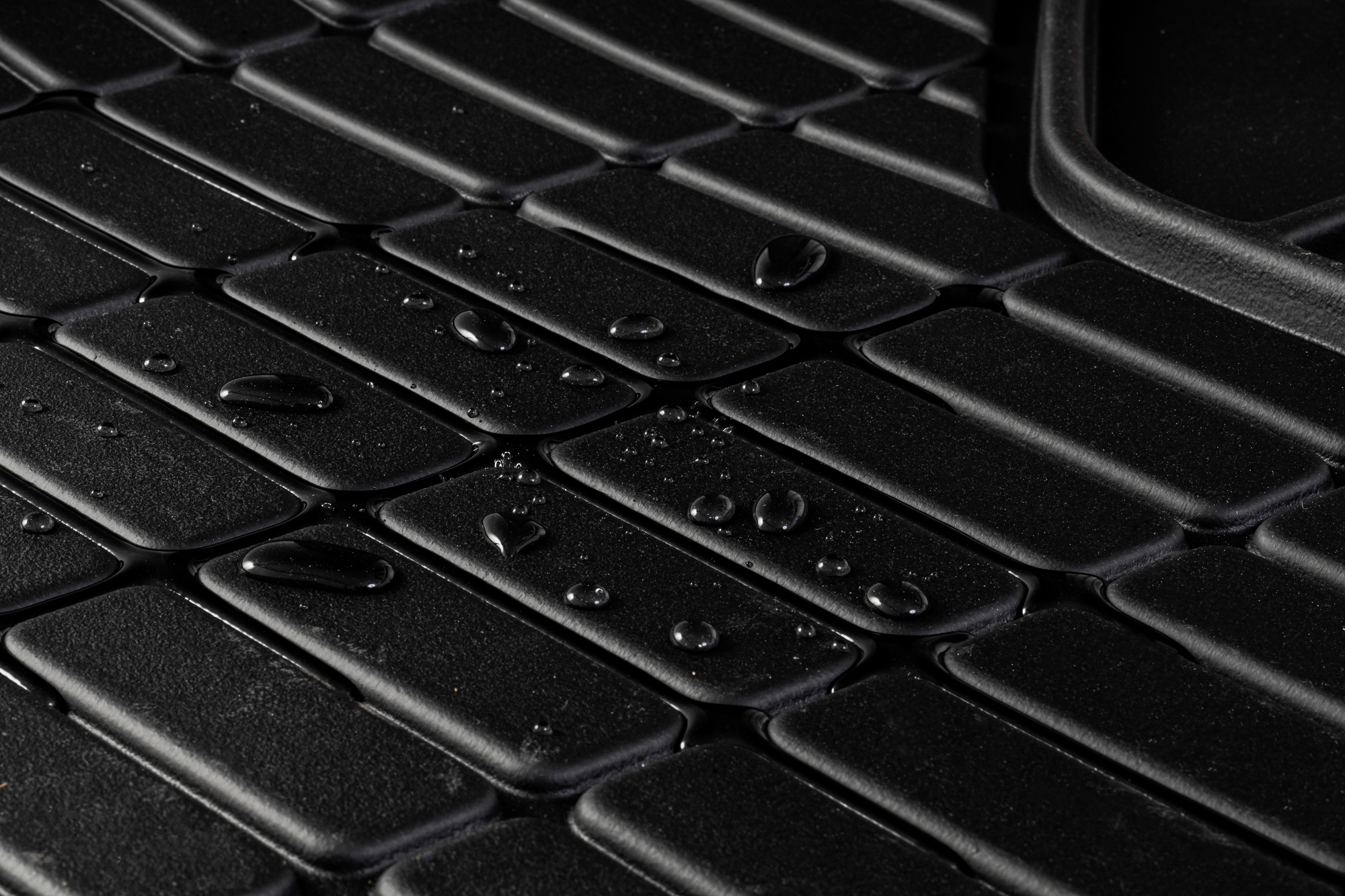
Carpet and floor mats quickly absorb and collect water and moisture from the air, which can then condense on cold surfaces like windows, causing them to freeze. To prevent this from happening:
- Try to avoid water or snow melt on floor mats, clothes, and shoes inside the car.
- If you must bring wet items inside, consider buying rubber floor mats to prevent moisture from seeping into the car’s carpet.
- In addition, keep the inside of your car as dry as possible by wiping down any wet surfaces and removing any snow or ice from your shoes and clothes before getting in.
4. Use silica gel packets to reduce humidity in cabin air
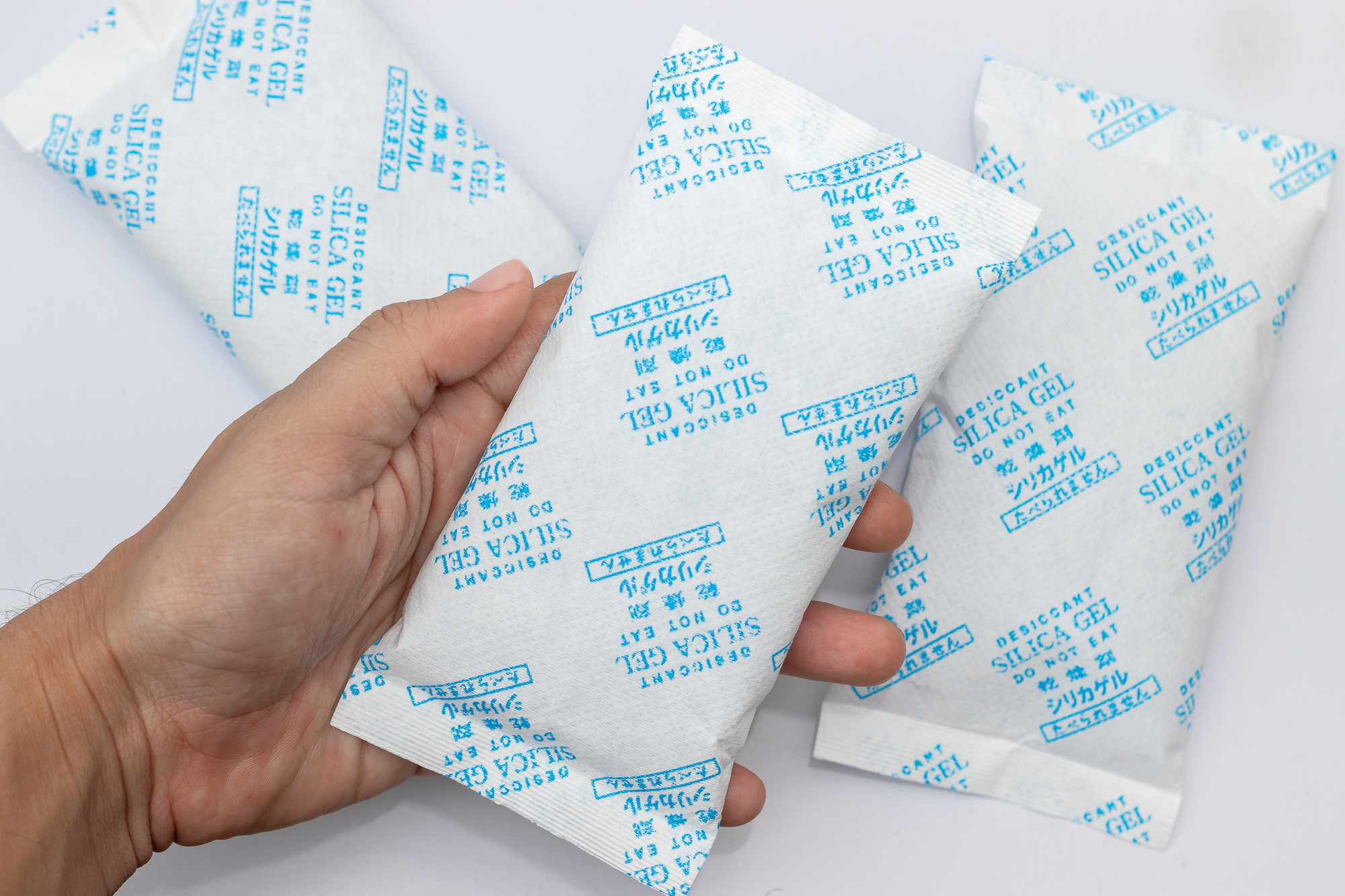
When the humidity in the air inside your vehicle is too high, it can cause your car windows to frost up on the inside. One way to reduce the humidity in your car’s cabin is to use silica gel packets. They are highly effective at absorbing moisture and can help keep the air in your vehicle cabin dry and comfortable. Simply place a few packets in your glove compartment or under your seats, and you’ll notice a significant difference in the humidity levels inside your vehicle. Using silica gel packets is an easy and effective way to reduce humidity in your vehicle cabin and prevent your windshield from freezing up.
5. Don’t close your door window completely
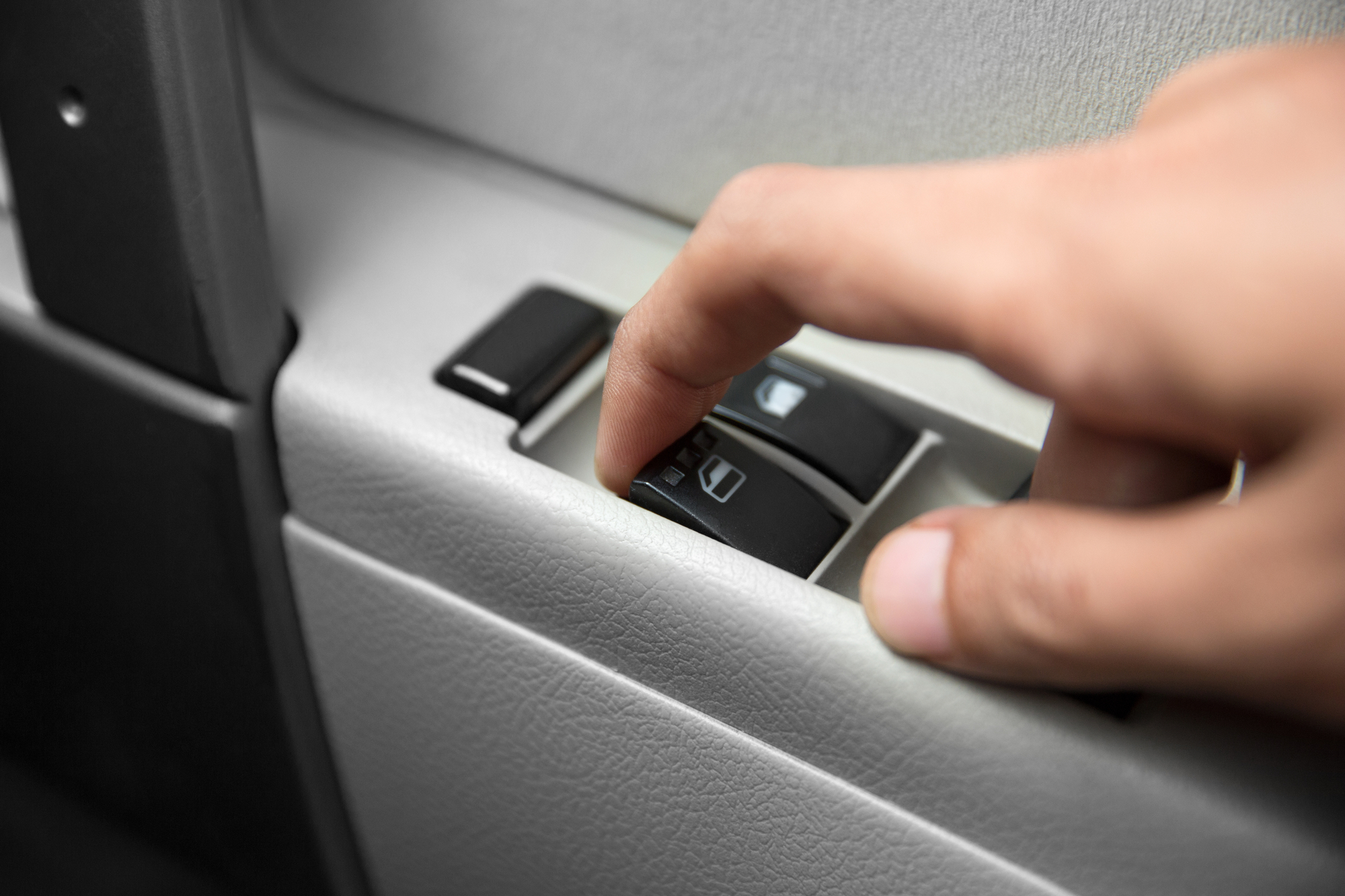
If parking your car overnight, you might be tempted to close all the windows to keep the cold out. However, this can actually lead to frost on the inside of the windshield. The best way to prevent this is to crack open a window, which will allow moisture in the air to escape and avoid the formation of condensation. If you’re parked in a garage or carport, you can also open the door for a few minutes to let some fresh air in.
6. Check your car for water leaks
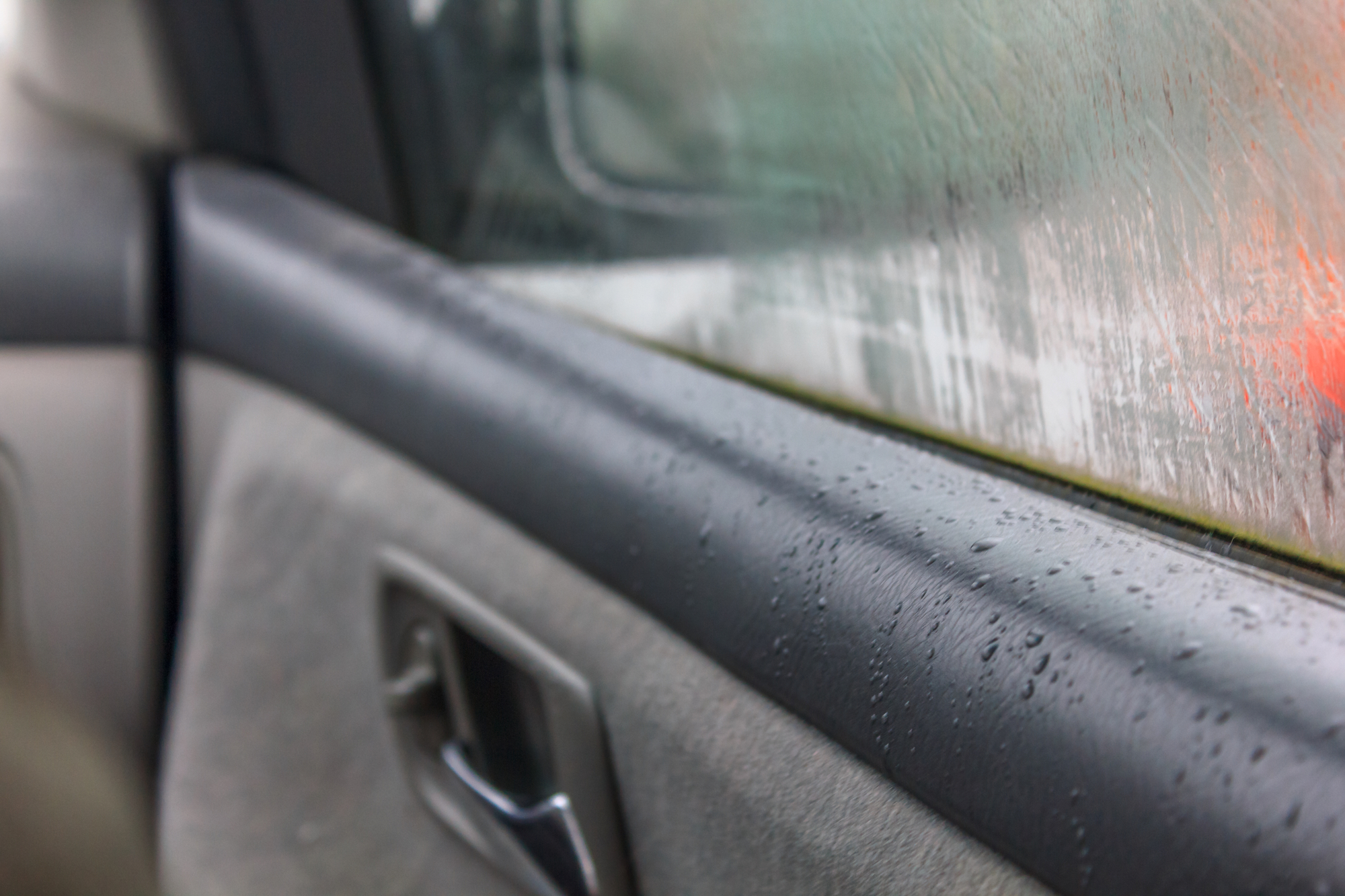
A door or window leak is one of the worst things that can happen to your car. Water can cause all sorts of problems for your vehicle, from rusting the frame to freezing and cracking the glass. Thankfully, there are a few easy ways to check for leaks. The first place to start is the window seals. If they’re cracked or broken, water can easily get inside. Another common area for leaks is the door. If you see water pooled on the floor or frost inside the car, there’s likely a leak. Of course, these are just a few of the most common areas for leaks. If you’re concerned about water damage, it’s always best to have your car checked by a professional.
7. Your breath also could be the reason for fog or ice on cars windows

When it’s winter outside, you last want your car windshield to fog up or even ice over. It’s not only annoying but also dangerous if you can’t see where you’re going. Most people think that foggy or icy windows are caused only by the temperature difference between the inside and outside of the car. However, our breath may also be to blame. When we exhale, our breath is full of water vapor. Suppose the air in your car is already saturated with humidity. In that case, this can cause the water vapor to condense on your windows. The best way to prevent this from happening is to keep the inside of your car well-ventilated, especially when it’s cold outside. You can do this by opening a window slightly or using the vents to circulate air throughout the cabin. By keeping your car well-ventilated, you can help to prevent foggy or icy windows.
8. Remember to clean your car’s windshield regularly

It’s important to clean the inside of your car’s windshield on a regular basis. Moisture will build up on the glass in winter and cause frost to form, making it difficult to see while driving. Simply wipe down the windshield with a cloth or paper towel. That will help to remove moisture and prevent frost from forming. In addition, be sure to clean the inside of your car’s windshield on a regular basis to keep the glass clean and free of debris. This will help you see better while driving and prevent potential accidents.
9. Turn off air recirculation to defrost the windshield faster
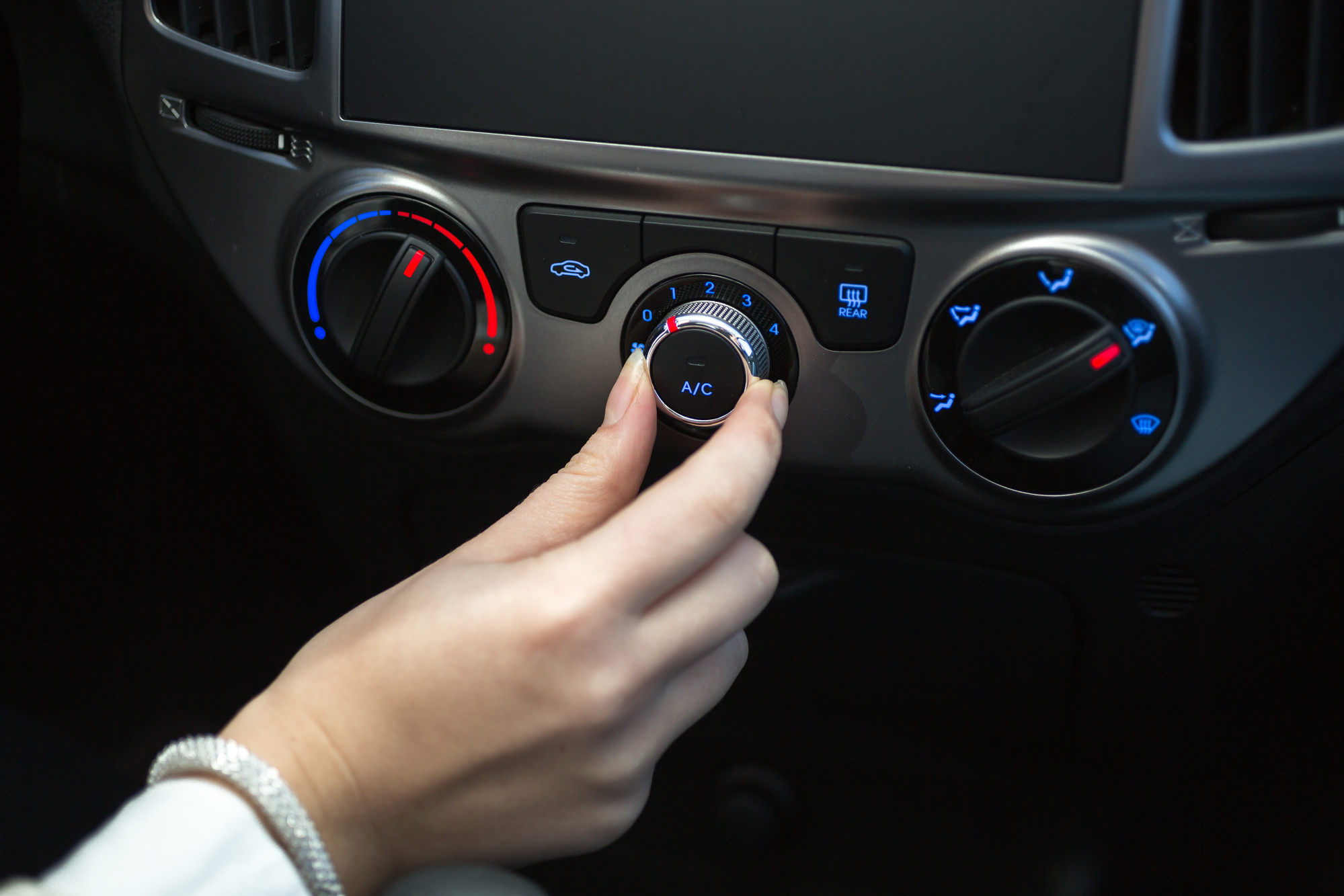
When it’s cold outside, and you need to defrost your windshield, you might be tempted to turn on the air recirculation setting in your car. However, this can actually make the process take longer. That’s because the recirculation setting recycles the air in the car, which can cause vapored water to build up on the windows. Instead, it’s better to turn off the recirculation setting and crack open a window when you’re defrosting your windshield. This will allow fresh, dry air to circulate inside the car, helping to clear the windows more quickly. Of course, if you’re only taking a short trip, it’s probably best to just scrape the ice off your windshield instead of turning on the defroster.
Conclusion
We’ve covered a lot of information in this post about the best ways to keep your windshield from freezing. It really depends on where you live and what type of climate you have. But, no matter where you are, there are some key takeaways that everyone should remember. Make sure to use your air conditioner to remove excessive moisture from the car cabin and try to avoid wet floor mats. You can also use silica gel packets to reduce humidity in the air. And finally, make sure to wipe your windshield regularly and check for any leaks in your car.
Which tips do you personally use? Let us know in the comments down below!

